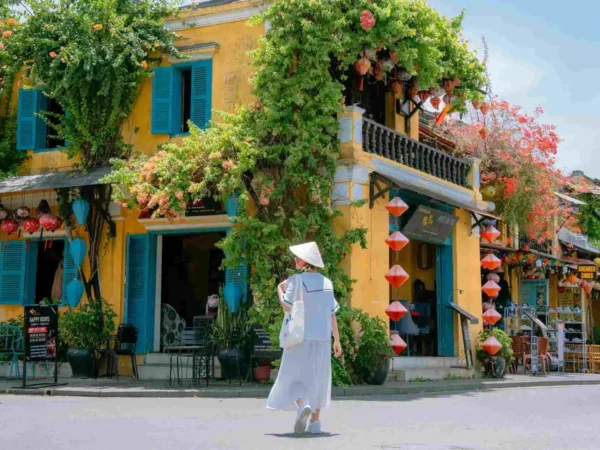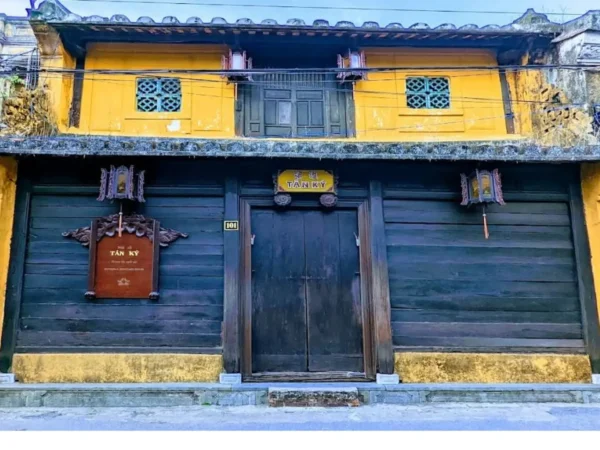Phuc Kien Assembly Hall Offers Captivating Historic Charm
You’re in Hoi An, surrounded by countless photo-worthy spots – but deep down, you’re wondering: “Which places actually have meaning, not just pretty walls?” That’s where the Phuc Kien Assembly Hall stands out. Behind its bold red gate lies a treasure of culture, spiritual stories, and architectural details that’ll leave you speechless. But what truly makes this place unforgettable? Why do so many travelers walk out feeling like they’ve touched something deeper? Keep reading – the real magic might just surprise you!
Overview of Phuc Kien Assembly Hall
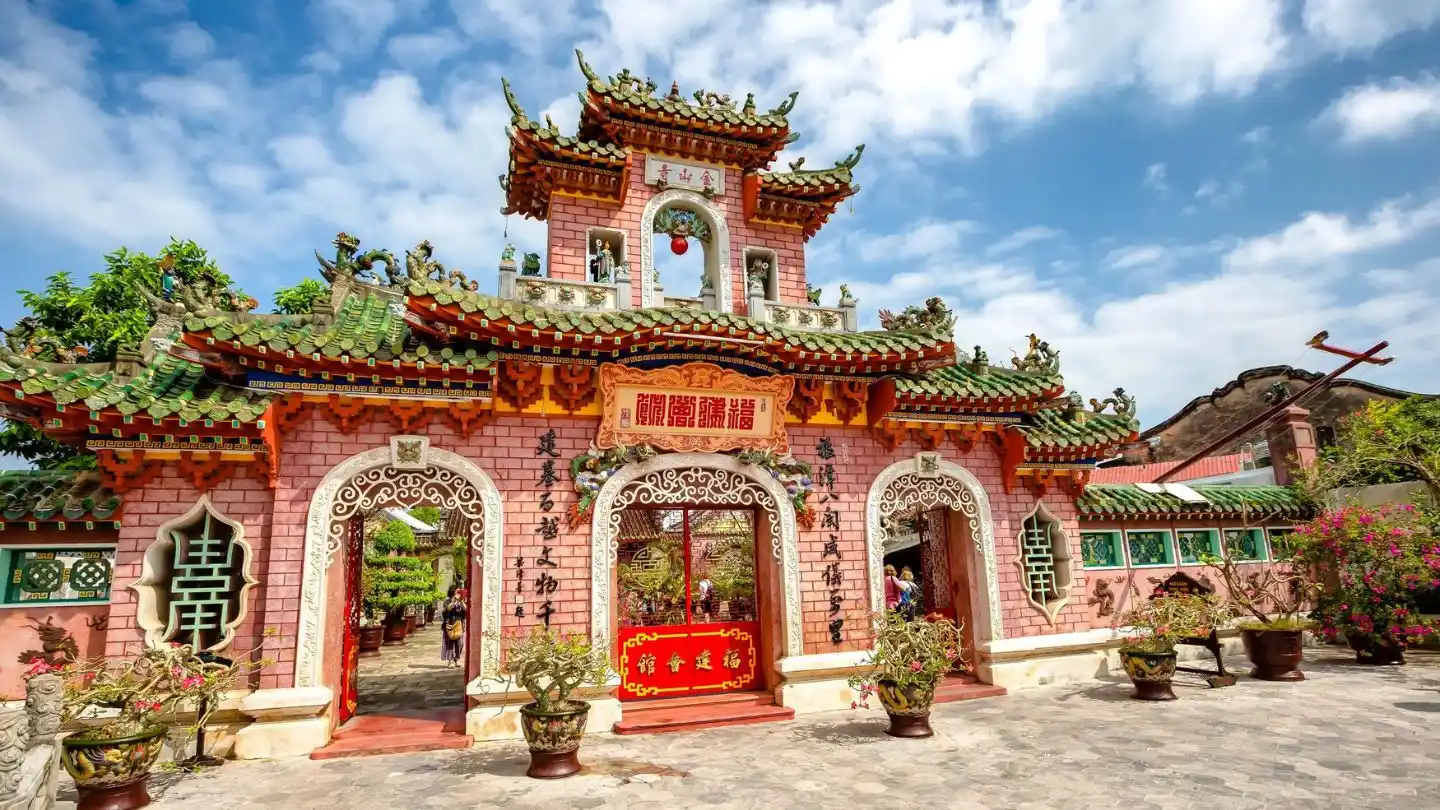
- Address: 46 Tran Phu Street, Cam Chau Ward, Hoi An City, Quang Nam Province
- Opening hours: 8 AM – 5 PM daily
- Ticket fees: It’s part of the Hoi An Ancient Town pass (around 120,000 VND) and gives access to five historic sites, including Phuc Kien.
Phuc Kien Assembly Hall – also known as the Fujian Assembly Hall – is one of Hoi An’s most iconic landmarks, built in the late 17th century by Chinese traders from Fujian Province. Covering around 2,000 square meters, this architectural gem showcases traditional Chinese craftsmanship with exquisite carvings, colorful roof tiles, and a feng-shui-inspired layout.
Joining a tour is a fun way to explore Hoi An. You’ll visit cool places like the Phuc Kien Assembly Hall and learn a lot along the way!
A Closer Look at the Fujian Assembly Hall’s Architecture
The Phuc Kien Assembly Hall is a masterpiece of Chinese architecture and spiritual symbolism in the heart of Hoi An. Spanning around 2,000 square meters, its design reflects the profound aesthetics and philosophies of Fujian craftsmanship blended with ancient Chinese principles. Let’s walk through its iconic features:
1. Overall Layout: Inspired by the Chinese “Tam” (三) Character
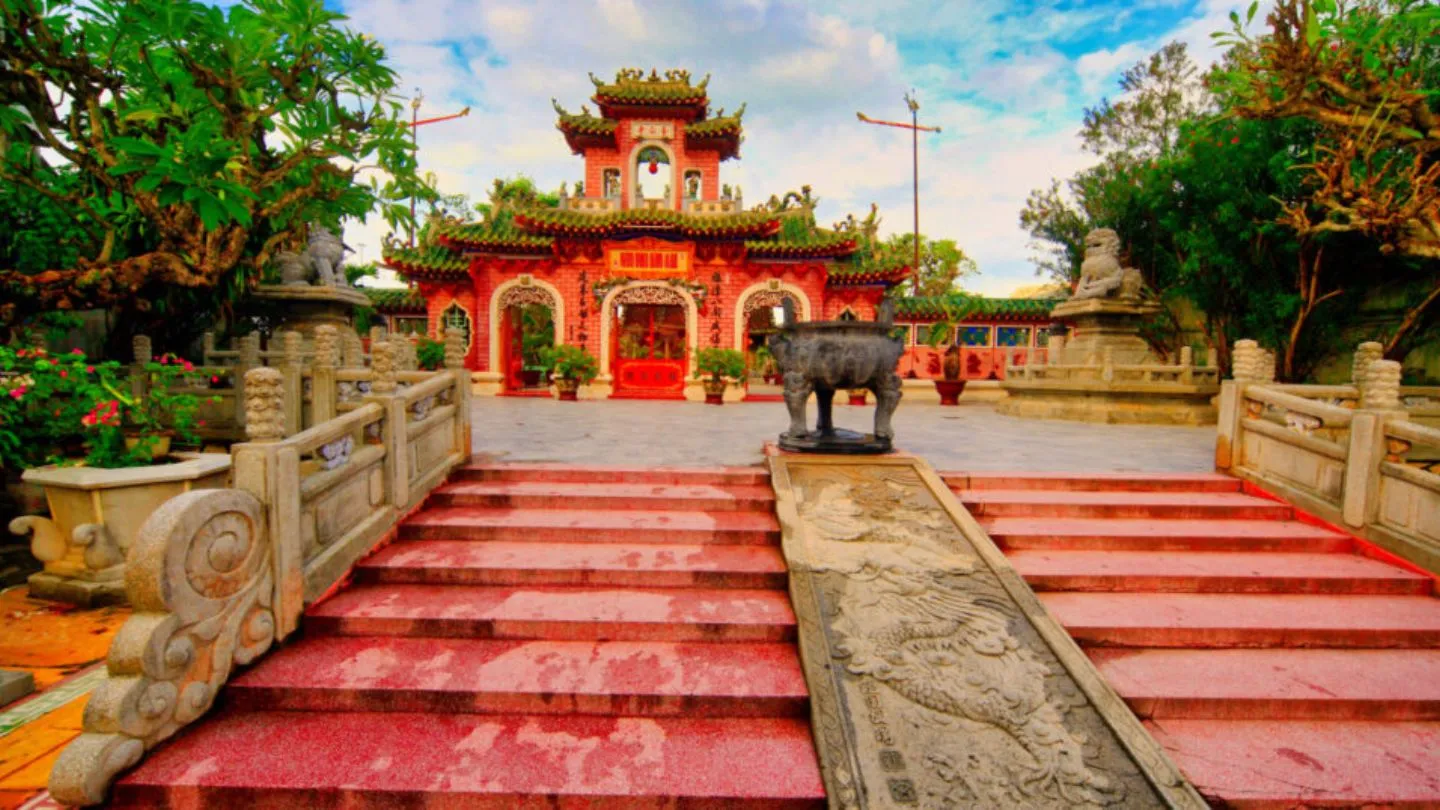
- The entire building is shaped like the Han character “Tam”, meaning “three”. This represents the three essential spaces: the front hall, main hall, and rear hall—laid out in harmony.
- The layout flows in layers, encouraging a gradual spiritual journey, from public gathering areas to sacred worship spaces. It mirrors ancient Eastern philosophies about transitioning from the physical world into the spiritual realm.
2. Tam Quan Gate (Three-Arched Gate)
- The Tam Quan Gate, built in 1975, is a symbolic highlight. With three doors, it reflects the balance of Heaven, Earth, and Humanity—core beliefs in Eastern cosmology.
- The central gate remains closed most of the time, while the left and right ones stay open, symbolizing “left for men, right for women” – a traditional concept in Chinese culture.
- Guardian lion statues stand at both sides of the entrance, believed to ward off evil spirits and bring good fortune.
- The gate’s roof is lined with curved porcelain tiles, featuring sacred animals—dragons, turtles, phoenixes, and unicorns—each representing different blessings like wisdom, longevity, and peace.
- At the top, you’ll find a dragon clutching a red orb (symbolizing the sun), flanked by moon and sun disks, expressing the Yin–Yang balance of the universe.
3. Entry Yard and Inner Courtyard
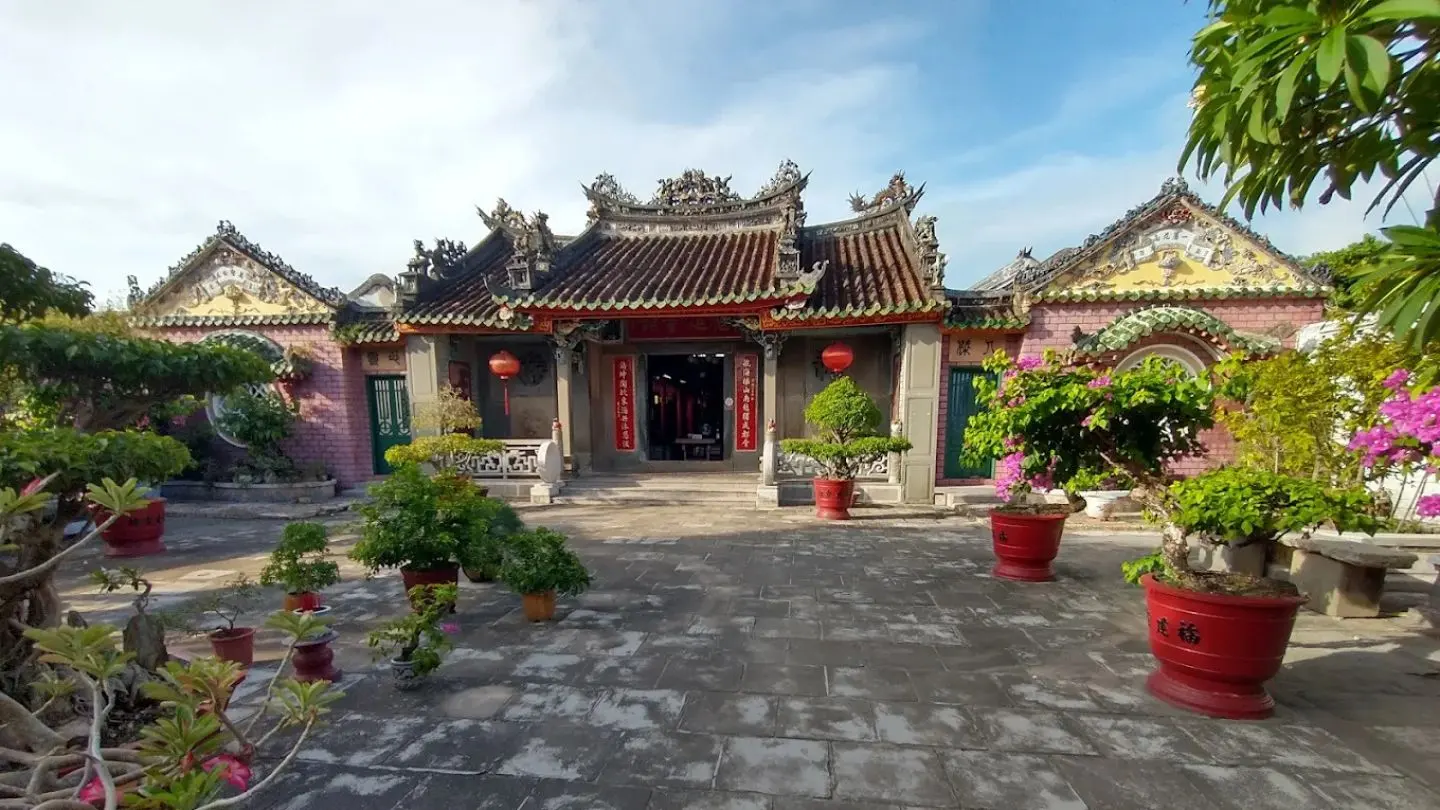
- The entry yard is an open and green space with a blossom-shaped aquarium and koi rockery, offering visitors a tranquil, refreshing environment.
- The inner courtyard, filled with bonsai and flowers, creates a calm ambiance, ideal for reflection and connection with spiritual energies.
4. East and West Halls
- These side halls were traditionally used for community meetings, and are linked by covered corridors, forming a cohesive layout that encourages communal interaction.
- Inside, you’ll notice stone tables where Fujian merchants once gathered to discuss trade and community matters.
5. Main Hall: The Spiritual Heart
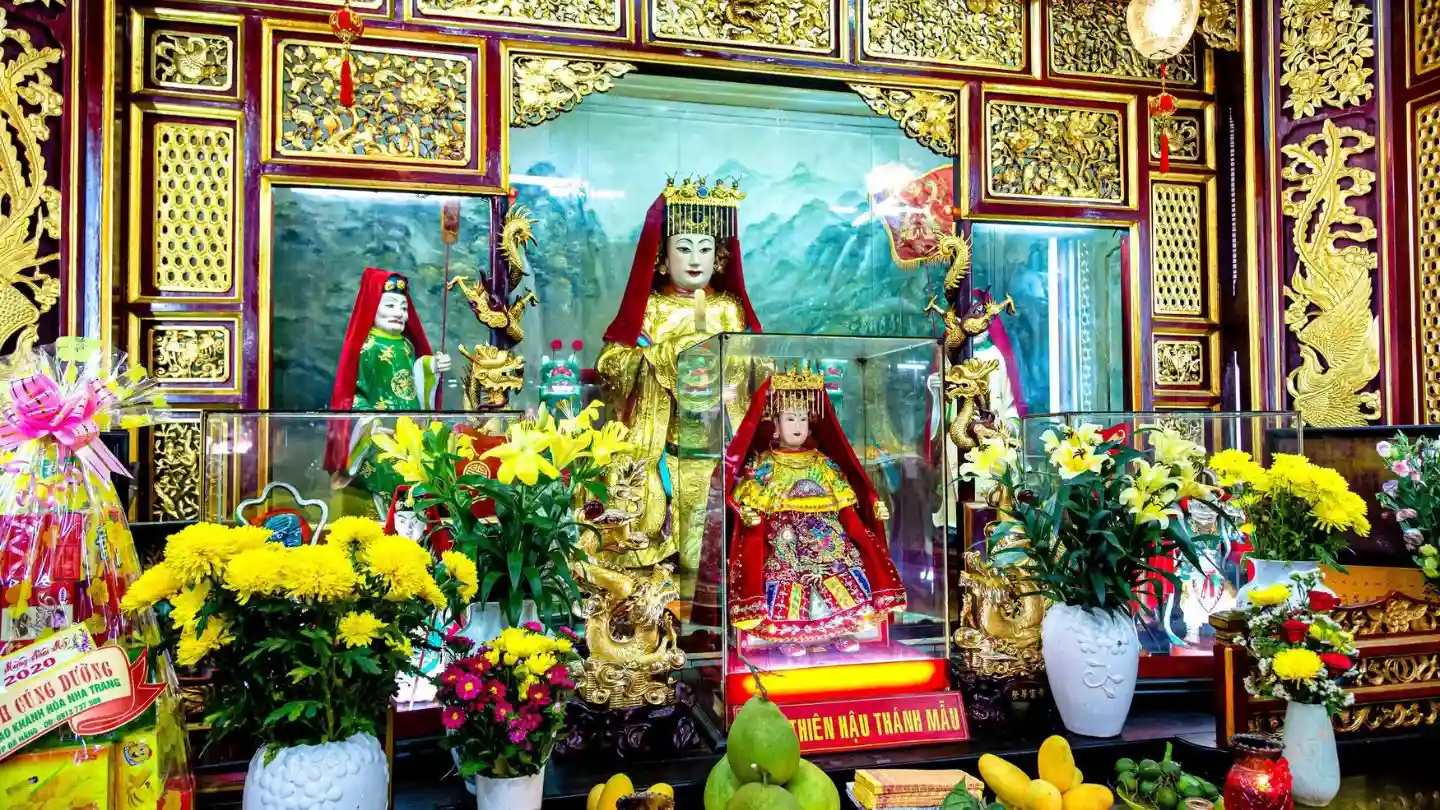
- At the center is the main shrine, home to golden statues of Thien Hau Holy Mother and Quan The Am Bodhisattva.
- Flanking her are her two guardians:
- Thien Ly Nhan (Thousand-Mile Eyes)
- Thuan Phong Nghi (Wind-Following Ears)
They symbolize the watchful protection over sailors and merchants on perilous sea journeys.
- The hall also displays an ancient wooden boat model (dated 1875) with symbolic “watchful” eyes, reminding seafarers to always be alert at sea.
6. Rear Hall and Garden
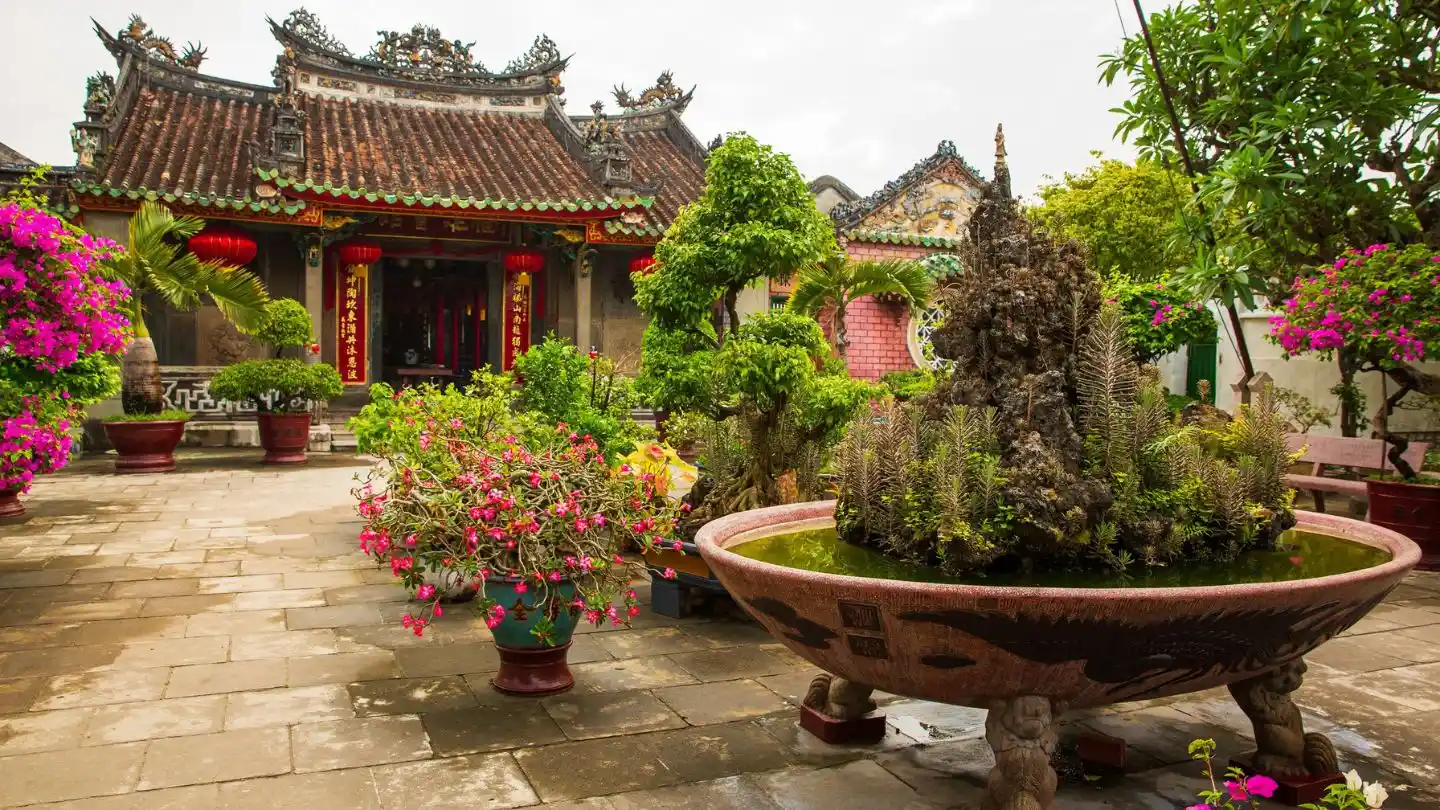
- Between the main and rear halls lies a small backyard garden, offering a peaceful transition space.
- The rear hall is reserved for ancestral worship, showing the importance of family roots and respect for ancestors in Chinese culture.
History and Origins of Phuc Kien Assembly Hall
Phuc Kien Assembly Hall is one of the most special cultural landmarks in Hoi An. It was first built in the 17th century by Chinese traders from Fujian province who had moved to Hoi An. At first, it was just a small temple where they came to worship Thien Hau Thanh Mau, the sea goddess who protected them during their long, dangerous journey. Building the temple was their way of saying thank you.
As time went on, the small temple grew bigger and became an important place for the Chinese community in town. It’s not only a space for worship but also a gathering spot for cultural and community events. The hall has become a strong symbol of unity, helping people stay connected to their roots and keep their traditions alive in a new place.
Other Deities Worshiped at Phuc Kien Assembly Hall
Here are Luc Tanh Vuong Gia – six brave generals from the Ming Dynasty. People honor them for their loyalty and courage, and pray to them for peace, strength, and family happiness.
And one of the most heartwarming parts? The worship of 12 midwives and 3 goddesses of childbirth. These gentle deities are seen as protectors of pregnant women and newborns, offering comfort, safety, and blessings for a healthy, joyful life.
Treasured Artifacts and Historical Touches
Scattered throughout the side rooms are rare and meaningful artifacts – from bronze bells and drums to worship statues, antique incense burners, and 14 finely crafted horizontal lacquered panels. These items add to the solemn and sacred feel of the place, and reflect the deep respect the community holds for their traditions and ancestors.
🎉 Main Festivals at Phuc Kien Assembly Hall
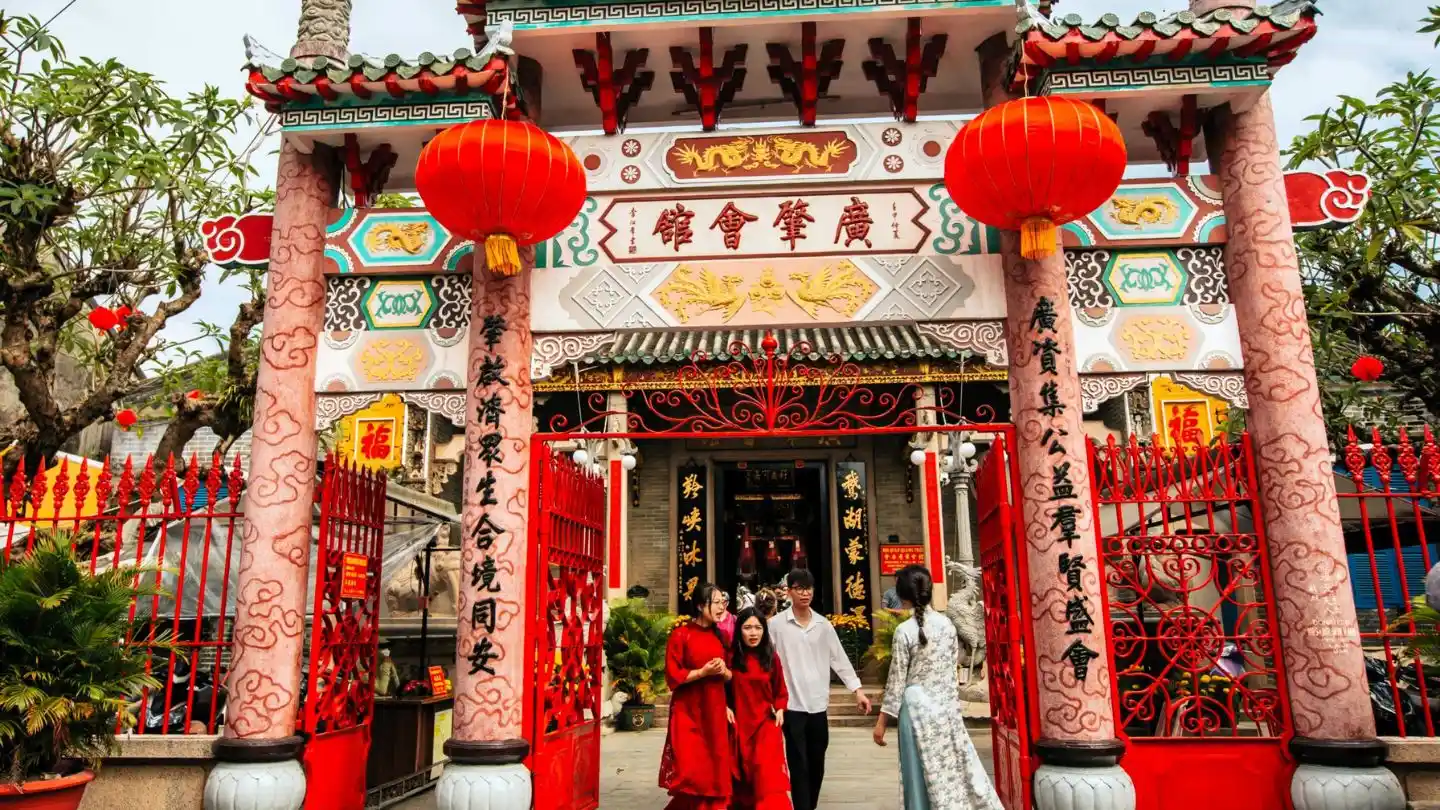
- Lantern Festival (15th day of the 1st lunar month):
Held during the Lunar New Year’s first full moon, this festival sees the hall glowing with lanterns, offerings, and heartfelt prayers -it’s a serene and beautiful way to start the lunar year. - Luc Tanh Ceremony (16th day of the 2nd lunar month):
This ceremony honors the six Fujian generals known as Luc Tanh Vuong. Visitors offer incense and participate in the respect offered to these symbols of bravery and loyalty. - God of Wealth Celebration (Tsai Shen – 2nd day of the 2nd lunar month):
Locals gather to pray for financial fortune and good luck; they often bring traditional offerings like “tam sên” (crab, egg, pork) as symbolic gifts during this observance. - Thien Hau Holy Mother Festival (23rd day of the 3rd lunar month):
The most significant celebration honors Thien Hau Thanh Mau, the sea goddess. The hall organizes cultural activities including lion dances, traditional opera, and special rituals to express gratitude and ask for protection at sea.
Tips for Visiting Phuc Kien Assembly Hall
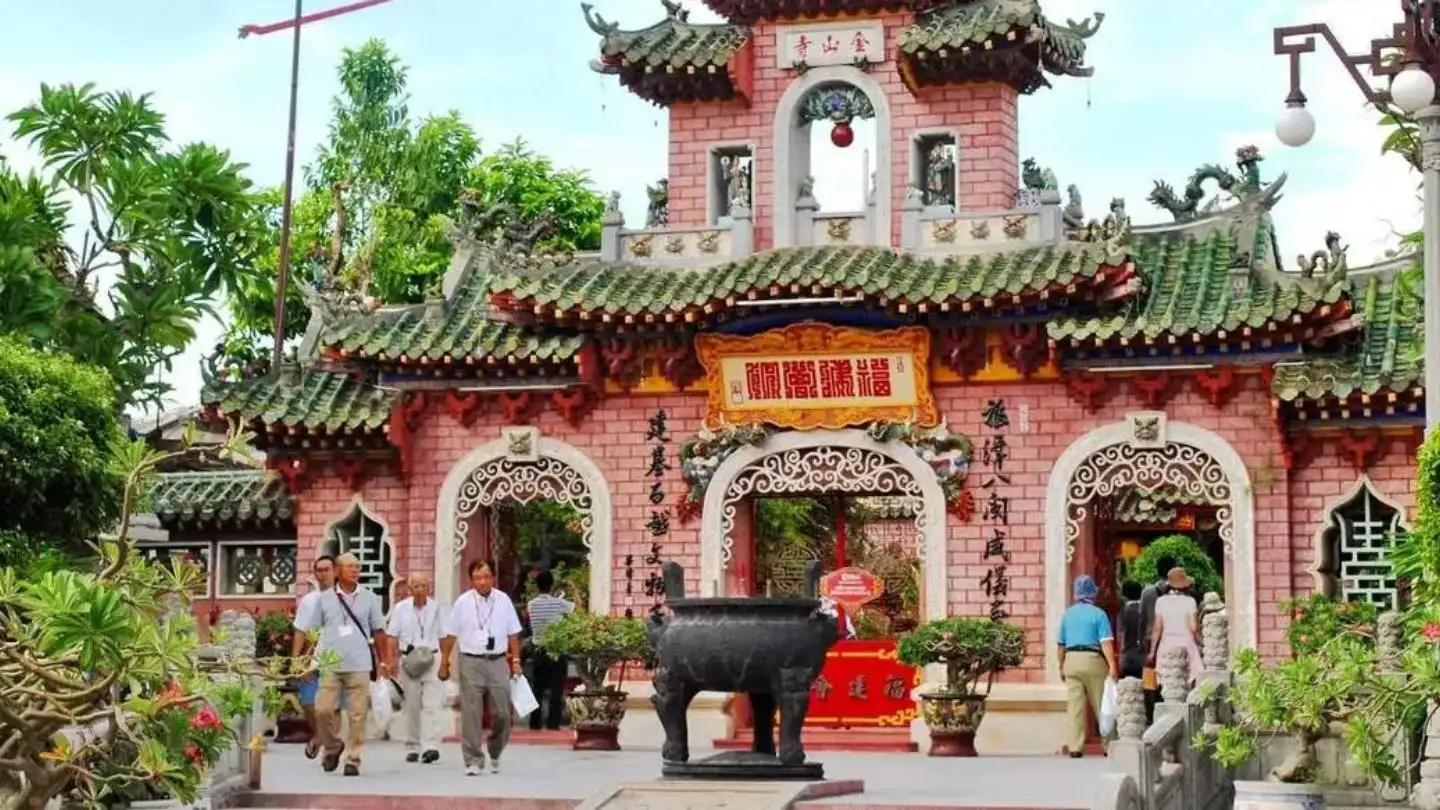
If you’re dropping by Phuc Kien Assembly Hall in Hoi An, here are a few simple tips to make your visit smooth and enjoyable:
- Go early or late in the day – the site opens around 7 AM, closes at 5 PM, and is peaceful in the morning or late afternoon when it’s less crowded.
- Dress respectfully – cover shoulders and knees to honor the cultural and spiritual atmosphere.
- Mind your voice and camera – photos are allowed, but be considerate if local worshippers are praying; avoid flash and loud noises.
- Take 30–45 minutes inside – explore the ornate gateway, peaceful courtyard, and main altar dedicated to Thien Hau, the sea goddess worshipped by the Fujian community.
Conclusion
So, now you know – Phuc Kien Assembly Hall is not just another old building. It has color, charm, and stories that can surprise you. Many people walk by and miss the magic inside. Don’t be one of them. Go in, look around, and feel the quiet beauty for yourself. It’s a small stop, but it leaves a big feeling!


